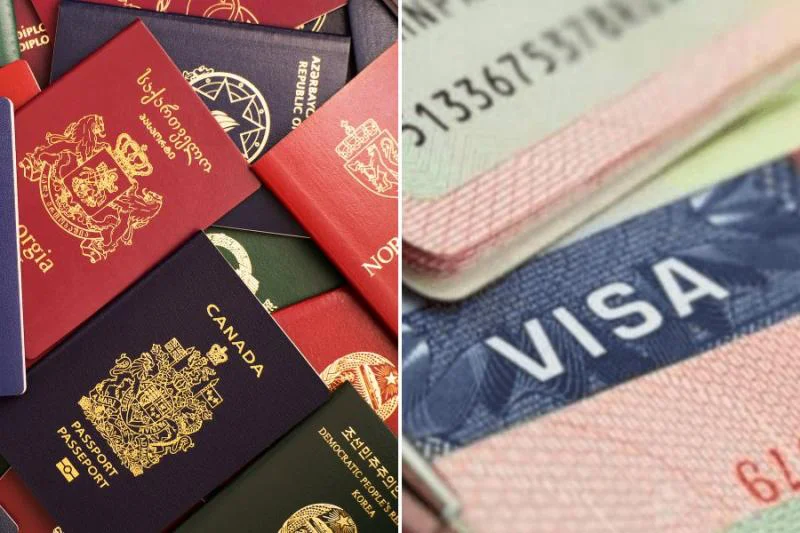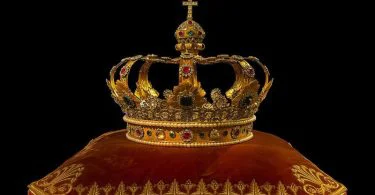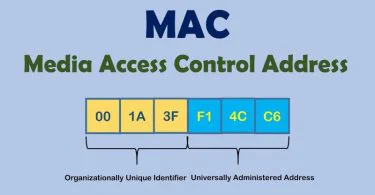A passport is a government-issued document that proves a person’s identity and nationality. It also lets them travel to other countries. It usually has a picture of the person, information about them, and a unique number. On the other hand, a visa is a conditional permission given by a foreign country that lets a person enter, stay in, or leave that country for a specific purpose and length of time. Most visas are stamped or attached to the inside of a passport. A passport proves the identity and citizenship of a traveller, while a visa shows that the person has been permitted to enter a foreign country according to the terms of the visa.
What is a Visa?
A visa is a conditional permission from a foreign country that lets a traveller enter, stay in, or leave that country for a particular purpose and time. Visas are usually given by the embassy or consulate of the country where the traveller is going. They are usually stamped or stuck inside the traveller’s passport. They are official proof that the person has been permitted to enter the foreign country according to the terms of the visa.
Visas come in different kinds, like tourist, student, business, and work visas, which depend on the reason for the visit. Depending on the type of visa and the rules of the country that gave it, the length of stay and the requirements for entry can be very different.
Most of the time, travellers need to send an application and supporting documents to the embassy or consulate of the country they want to visit. There may be background checks, interviews, or fees to pay as part of the application process. Visa requirements and processing times depend on the traveller’s country of origin and the rules of the country they are going to.
In short, a visa is a conditional permission to enter, stay in, or leave a foreign country for a particular reason and length of time. It is an essential document for international travel because it makes sure that travellers meet the rules and requirements of the country they are going to.
What is a Passport?
A passport is a government-issued document that proves a person’s identity and nationality. It is one of the most important ways to prove your identity when travelling internationally. Passports are usually given out by a country’s government or a designated authority. They show that the person carrying it is a citizen of that country.
A passport usually has essential information about the person who has it, like their full name, date and place of birth, gender, photo, and unique number. It also has a spot that can be read by a machine so that automated processing can happen at border checkpoints.
A passport is more than just proof of identity and citizenship. It can also be used to ask foreign authorities for safe passage and protection while travelling. There are several pages in a passport for visa stamps, entry and exit stamps, and other important markings.
There are different kinds of passports, like regular, diplomatic, and official, and each has its purpose and requirements for who can get it. The length of time a passport is valid depends on the rules of the country that issued it and the type of passport.
In short, a passport is essential for international travel because it proves who a person is and where they are from. It makes it easier for people to get into other countries and lets them travel, work, study, or do business across borders while ensuring they are safe and protected.
Difference Between Visa and Passport
Visas and passports are both required for international travel, although they are granted by different authorities and serve different purposes.
Purpose
One’s identification and citizenship can be confirmed by a passport, which is issued by the government. It’s your primary means of identification and evidence of citizenship while travelling internationally. However, a visa is a conditional authorisation provided by a foreign government to enter, remain within, or depart from that country for a specific purpose and time.
Issuing Authority
Typically, a passport is issued by the government or designated authority of the individual’s home country. In contrast, visas are documents granted by the embassy or consulate of the country to which entry is sought, giving the bearer permission to enter the country subject to the conditions laid out in the visa.
Content
Name, birth date, photograph, and passport number are just some of the identifying details that may be found in a passport. Visa stamps, entry and exit stamps, and other endorsements can be added to the provided blank sheets. On the other hand, a visa details the scope, length, and limitations of the visitor’s authorised stay in the host country.
Validity
The issuing country and the passport type determine the time a passport is valid. The time a visa allows its holder to remain in a country varies by nationality and visa category.
In conclusion, a passport serves a different purpose, is issued by a different entity, has different information, and expires at a different time than a visa. A visa is an authorisation to enter a nation for a limited time and a specific purpose; a passport verifies a traveller’s identity and citizenship.







